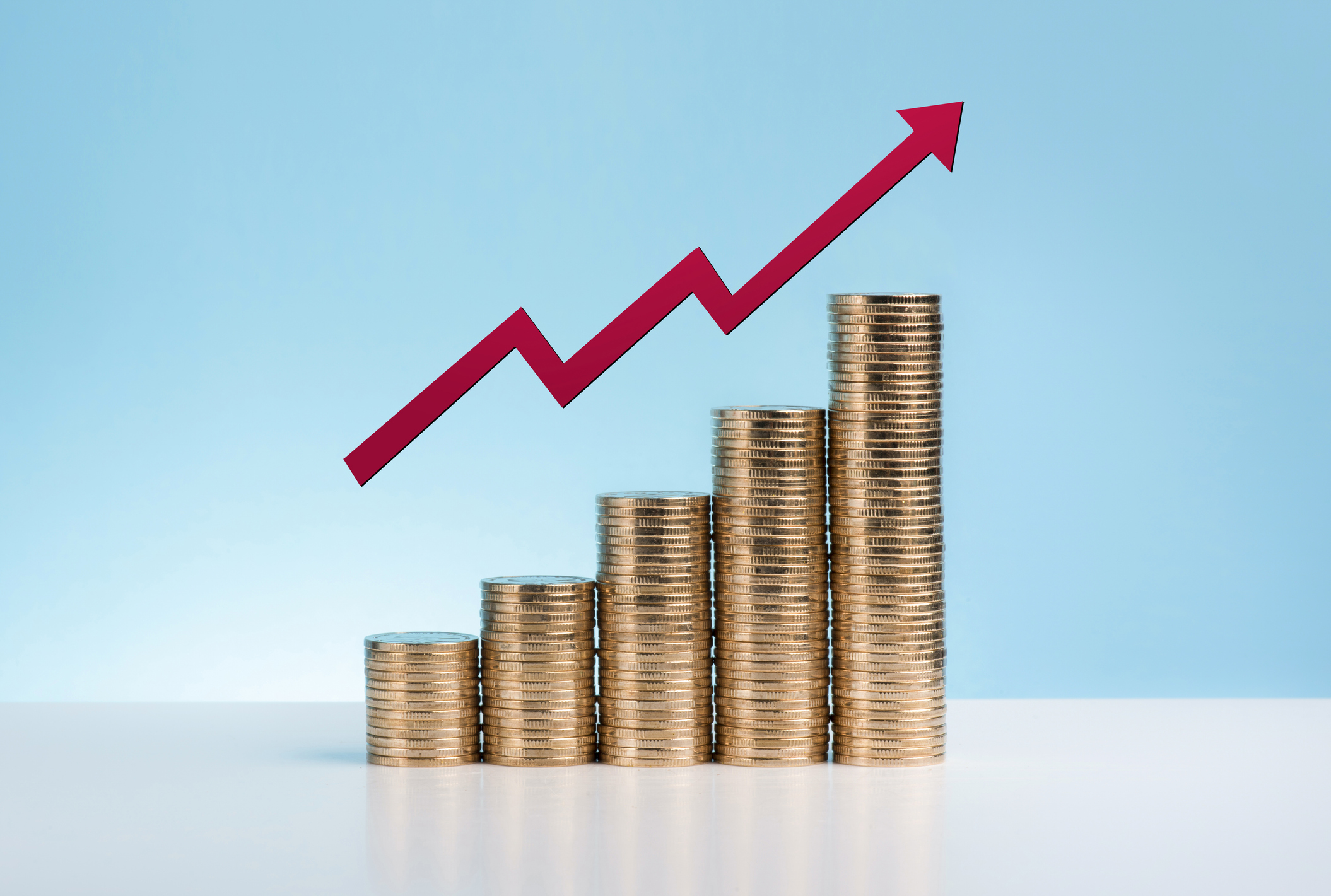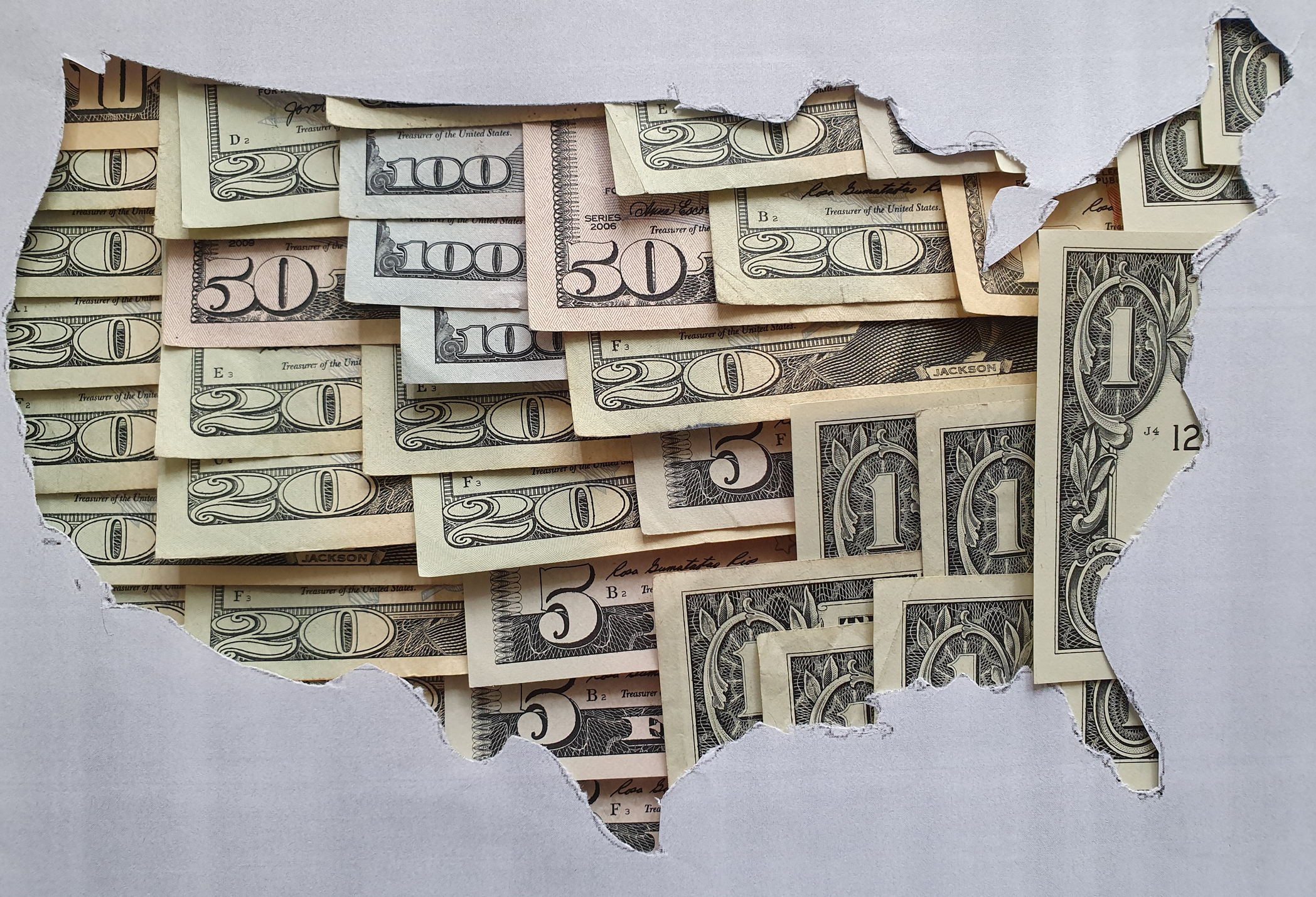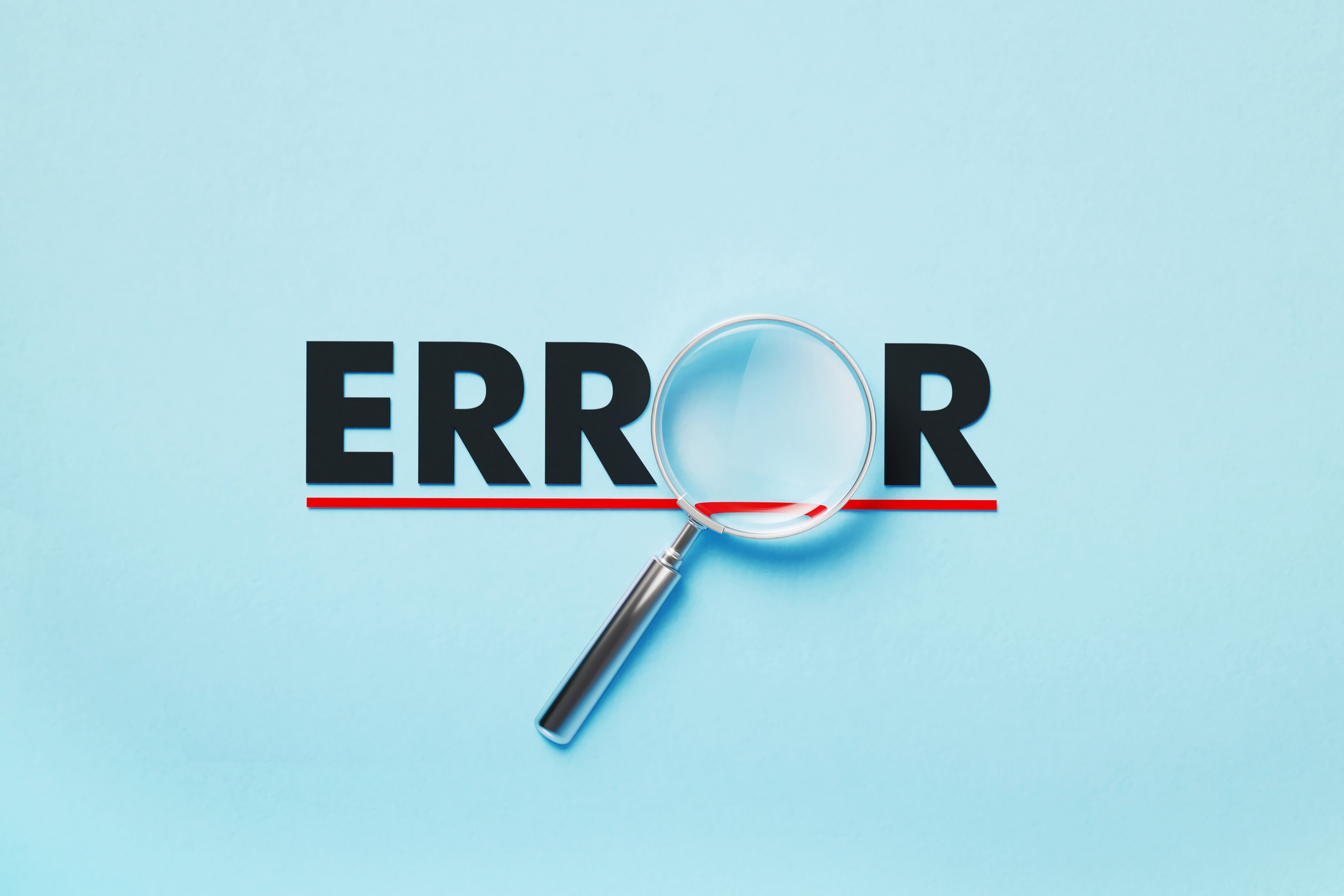Is High-Yield Savings Account Interest Taxable?
Savings account interest is taxable, but don't let that scare you away from a high-yield savings account. Here's what you need to know for 2025.


Kate Schubel
Rates on high-yield savings accounts are still high, with some offering up to 4.6%. If you plan to take advantage of high interest rates this year, you might be wondering if your high-yield savings account interest is taxable.
The answer is yes, but these types of accounts can offer the potential for significant savings, so don't let that discourage you from opening one.
Here's what you need to know.

Sign up for Kiplinger’s Free E-Newsletters
Profit and prosper with the best of expert advice on investing, taxes, retirement, personal finance and more - straight to your e-mail.
Profit and prosper with the best of expert advice - straight to your e-mail.
Regular savings account vs. high-yield
Before diving into an explanation of how interest income from your savings account is taxed, it’s good to know the difference between a regular savings account and a high-yield savings or high-interest savings account.
- The latter has a higher interest rate than regular or traditional savings accounts.
- Interest earned on both types of savings accounts is considered taxable income by the IRS.
- Also, interest earned from other types of accounts like money market accounts, certificates of deposit (CDs), and interest-bearing checking accounts is also generally considered taxable income.
But because you are earning more interest income from a high-yield savings account, the amount that is subject to tax is typically greater.
However, you are also earning more money on your savings in what is usually an FDIC-insured account. So consider the pros and cons of having some of your money in a high-yield savings account.
How savings account interest is taxed
While you won’t owe taxes on the principal account balance in your savings account, any savings account interest earned is considered taxable income.
The IRS taxes interest from high-yield savings accounts (and traditional interest-bearing savings accounts) at the same rate they tax other income (e.g., from your job). Any money you accumulate in interest is added to your other taxable income.
- The amount that you owe on interest income is based on your federal income tax bracket. So generally, the higher your income, the higher your tax bracket and the more tax you could owe on your interest income.
- Your income tax bracket is tied to a federal tax rate that is based on your filing status and taxable income from all sources, including interest.
There is some good news, though. Since the IRS adjusts federal income tax brackets each year for inflation, you could pay a lower tax rate for 2025 than you paid last year.
So, for example, let’s say that you earned $10,000 in interest income and your marginal tax rate is 22% based on your 2025 federal income tax bracket. Using that information, the tax on your savings account interest would generally be $2,200.
On the other hand, if you have $20,000 in your high-yield savings account and earn 3.75% interest, you would not be taxed on the $20,000, which is your savings account principal balance. Instead, you would only be taxed on the 3.75% you earned in interest.
Note: Some people might be subject to an additional tax called the Net Investment Income Tax (NIIT). NIIT is currently a 3.8% tax on capital gains, rental property income, and dividend income for filers with higher incomes.
Here are the federal marginal tax rates for the 2025 tax year (for taxes filed in early 2026).
Tax Rate | Single | Head of Household | Married Filing Jointly |
10% | Up to $11,925 | Up to $17,000 | Up to $23,850 |
12% | $11,926 to $48,475 | $17,001 to $64,850 | $23,851 to $96,950 |
22% | $48,476 to $103,350 | $64,851 to $103,350 | $96,951 to $206,700 |
24% | $103,351 to $197,300 | $103,351 to $197,300 | $206,701 to $394,600 |
32% | $197,301 to $250,525 | $197,301 to $250,500 | $394,601 to $501,050 |
35% | $250,526 to $626,350 | $250,501 to $626,350 | $501,051 to $751,600 |
37% | More than $626,350 | More than $626,350 | More than $751,600 |
How much savings account interest income is taxable?
All of your high-yield savings account interest is taxable. Your financial institution will send you a Form 1099-INT once you earn more than $10 in interest.
However, the IRS still requires that you report any savings interest earned, even if the amount you earn is under the ten-dollar threshold. You report savings account interest income on your tax return in the year it is earned.
Note: You might also need to pay income tax on interest earned at the state level. Most states consider interest from high-yield savings accounts taxable.
How to avoid tax on savings account interest
You can’t avoid federal income tax on high-yield savings account interest — if you earn more than $10 — but it is possible to avoid tax on other types of savings accounts. However, avoiding tax may limit how you can spend your earnings. Here are a few ways a savings account can accrue interest tax-free.
Education Savings Account: Interest from Series EE or I bonds may not be taxable when used to pay for qualifying education expenses. Additionally, interest earned from a 529 savings plan may not be taxable when earnings are withdrawn to pay for qualified expenses.
Health Savings: A health savings account (HSA) can earn interest. This interest is tax-free (and so is the money you contribute) as long as you use it to pay for qualified health expenses. Just make sure you don’t exceed your HSA contribution limit. If you do, you could face penalties.
Retirement Savings: These plans can boost your savings, but there are pros and cons to 401(k)s and IRAs. Interest earned from a traditional IRA or 401(k) isn’t really tax-free, but you might avoid paying any taxes until later. Interest and contributions to these retirement accounts aren’t taxed until you make withdrawals.
Is having a high-yield savings account worth it?
While paying taxes on earned interest is a downside to high-yield savings accounts, don’t let that discourage you from opening one. The positives may very well outweigh the negatives.
- Your savings can earn more money in a high-yield account versus most other types of savings accounts.
- You aren’t limited to how you spend your earnings from a high-yield account.
- Most banks will not allow you to withdraw your money more than a set number of times per month without penalties.
Now might be a good time to open a high-yield savings account. Although the Federal Reserve has recently come down from a 23-year high, the federal funds rate is relatively high in the range of 4.25% to 4.5%.
And when federal interest rates are high, interest rates on high-yield savings accounts generally are, too. For example, the popular Apple savings account offers an APY of 4.4%, and some banks offer interest rates up to 4.6%.
A trusted tax professional or financial planner can help you determine whether a high-yield savings account is the right move for you this year. Also, check out Kiplinger’s coverage of the best high-yield savings accounts if you choose that route.
Related Content
Get Kiplinger Today newsletter — free
Profit and prosper with the best of Kiplinger's advice on investing, taxes, retirement, personal finance and much more. Delivered daily. Enter your email in the box and click Sign Me Up.

Katelyn has more than 6 years of experience working in tax and finance. While she specialized in tax content while working at Kiplinger from 2023 to 2024, Katelyn has also written for digital publications on topics including insurance, retirement, and financial planning and had financial advice commissioned by national print publications. She believes knowledge is the key to success and enjoys providing content that educates and informs.
- Kate SchubelTax Writer
-
 How to Get Apple TV Plus for just $2.99
How to Get Apple TV Plus for just $2.99For a limited time, you can get three months of Apple TV Plus for just $2.99 per month. Here’s how to get the deal.
By Rachael Green Published
-
 Stock Market Today: Stocks Surge to Close a Volatile Week
Stock Market Today: Stocks Surge to Close a Volatile WeekIt was another day with a week's worth of both news and price action, but it ended on a strongly positive note.
By David Dittman Published
-
 Free IRS Tax Filing for 30 Million People: Will It Continue Under Trump?
Free IRS Tax Filing for 30 Million People: Will It Continue Under Trump?Tax Filing Direct File was piloted last year in 12 states and has since expanded to 25. But some wonder whether the program will last under the Trump administration.
By Gabriella Cruz-Martínez Last updated
-
 How Caregivers for Adults Can Save on Taxes in 2025
How Caregivers for Adults Can Save on Taxes in 2025Tax Breaks Caring for your parent or spouse can be stressful, but the IRS offers tax breaks for qualifying taxpayers. Here they are.
By Kate Schubel Published
-
 U.S. Treasury to Eliminate Paper Checks: What It Means for Tax Refunds, Social Security
U.S. Treasury to Eliminate Paper Checks: What It Means for Tax Refunds, Social SecurityTreasury President Trump signed an executive order forcing the federal government to phase out paper check disbursements by the fall.
By Gabriella Cruz-Martínez Published
-
 IRS Layoffs Spark Delays, Doubt This Tax Season
IRS Layoffs Spark Delays, Doubt This Tax SeasonTax Season Tax experts say Trump’s downsizing of the IRS is already causing problems.
By Gabriella Cruz-Martínez Last updated
-
 States with the Highest Income Tax Rates for Retirees
States with the Highest Income Tax Rates for RetireesState Tax You may reconsider living and retiring in one of these states due to high taxes.
By Kate Schubel Last updated
-
 AI Tax Scams Target Middle and Older Adults: What to Know
AI Tax Scams Target Middle and Older Adults: What to KnowScams Whether you’re a retiree or Gen Z, scammers can gouge big financial losses with the help of artificial intelligence.
By Kate Schubel Published
-
 Tax-Deductible Home Improvements for Retirement in 2025
Tax-Deductible Home Improvements for Retirement in 2025Retirement Taxes Your aging-in-place plan could benefit from the medical expense tax deduction. But watch out for capital gains and property taxes.
By Kate Schubel Published
-
 Don’t Make These Five Mistakes on Your Tax Return
Don’t Make These Five Mistakes on Your Tax ReturnTax Filing The IRS warns taxpayers to watch out for these common errors as they prepare to file.
By Gabriella Cruz-Martínez Published